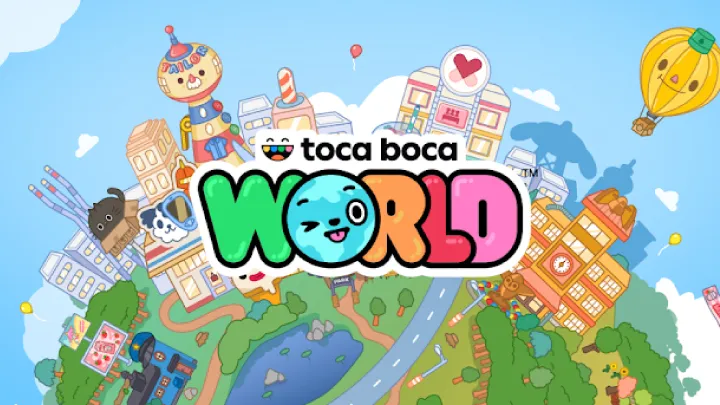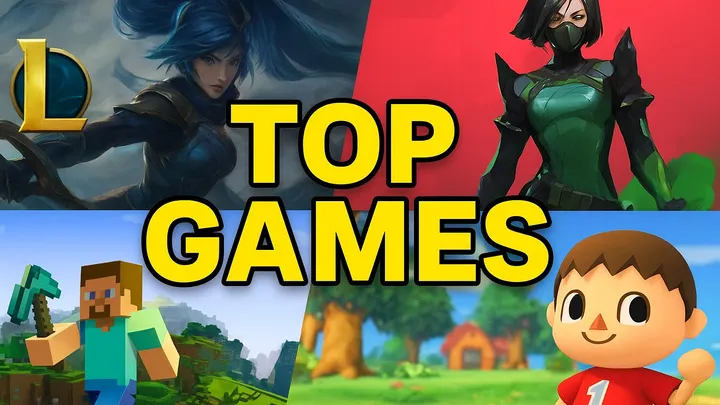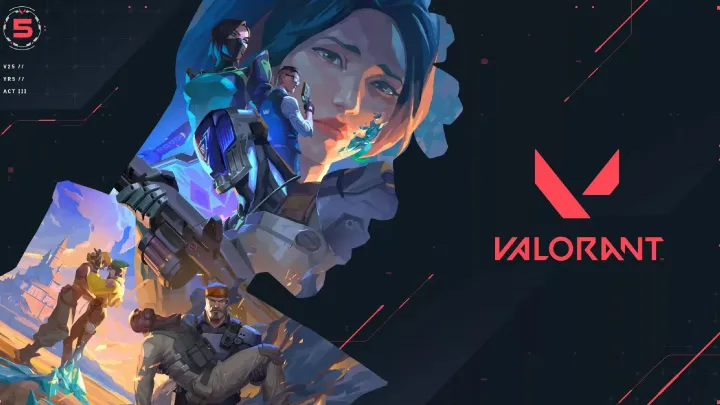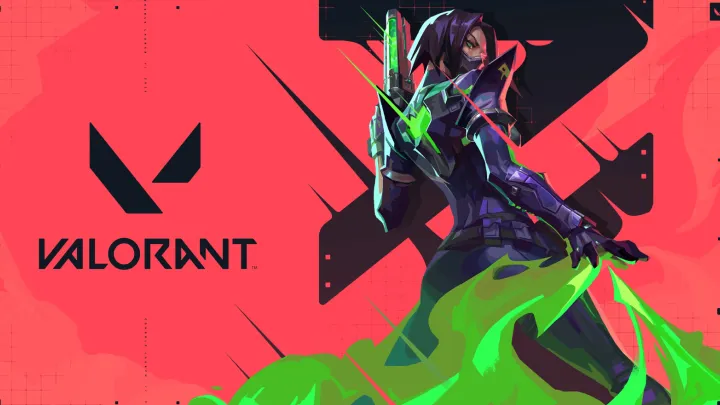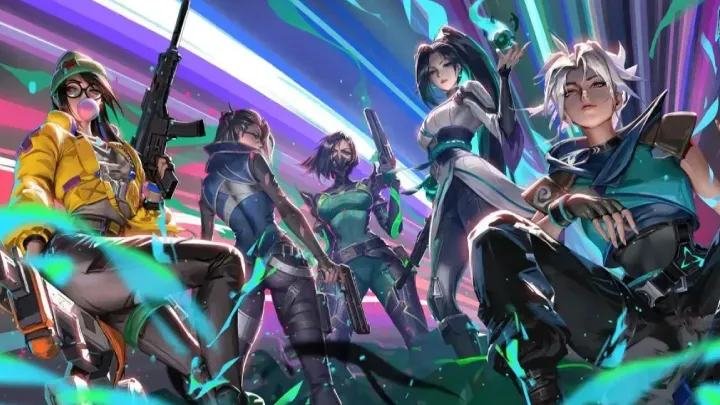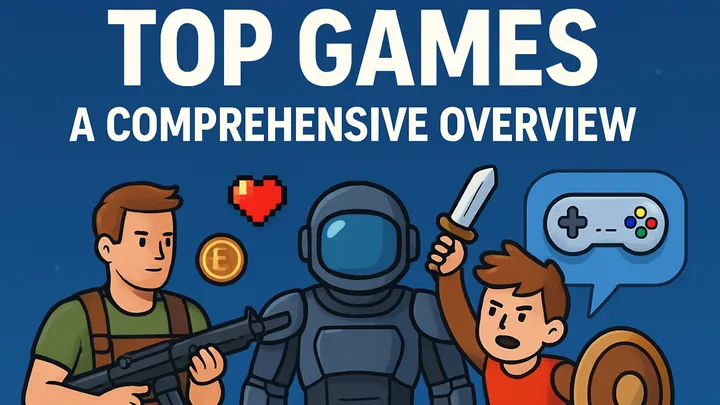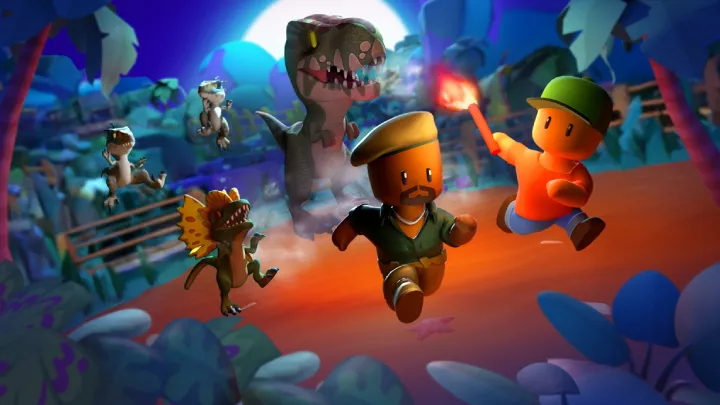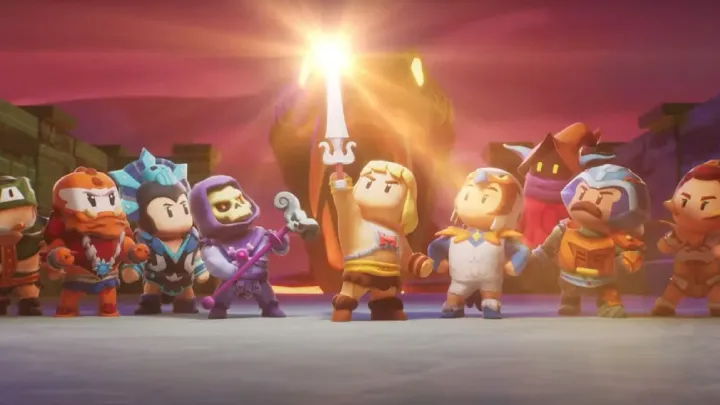Gacha Club, developed by Lunime, may seem at first like just another character-collecting game. But beneath its colorful surface lies one of the most vibrant communities in mobile gaming. What makes Gacha Club unique is not only its gacha mechanics but its expansive customization and storytelling tools. Players do more than just pull characters; they design, narrate, and create entire universes. This article explores the popular topic of customization and narrative building in Gacha Club, tracing how it shaped the game’s culture, community, and staying power.
1. The Foundations of Gacha Club’s Customization
At launch, Gacha Club introduced a massive array of customization tools. Players could alter hairstyles, outfits, eye shapes, facial expressions, and even small details like accessories. Unlike many gacha games that restrict customization, Gacha Club essentially said: “Here’s your canvas—paint your story.”
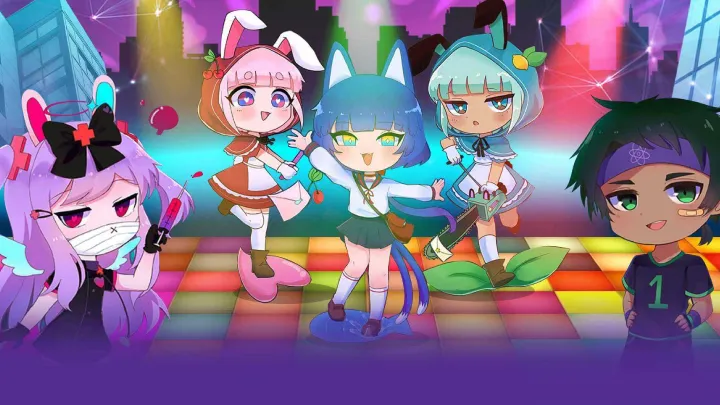
This foundation empowered players to treat their characters as avatars of imagination rather than static units. The game was no longer about power levels but about expression, and that difference is what ignited its fandom.
2. OC Creation and the Rise of Personal Characters
One of the most popular aspects of Gacha Club is OC (Original Character) creation. Players spend hours crafting unique characters that represent themselves, fictional heroes, or even entire casts of original stories.
These OCs are not just aesthetic models—they carry backstories, personalities, and emotional depth. For many, Gacha Club became a gateway to roleplay communities, fan fiction, and video series that highlight these characters in action.
Why OCs Matter
- They allow individuality in a game that otherwise uses templates.
- They foster identity and emotional connection for players.
- They serve as anchors for fan-made stories and videos.
3. Storytelling Through Scenes
While many games stop at letting players customize characters, Gacha Club takes it further with its Studio Mode. This feature lets users place characters into scenes, edit poses, adjust expressions, and even add dialogue.
Suddenly, players weren’t just making avatars—they were directing stories. From small skits to long episodic series, the Studio Mode created a breeding ground for creativity. YouTube, TikTok, and Discord servers became flooded with Gacha Club skits and roleplays, some gaining millions of views.
4. The Gacha Club YouTube Boom
YouTube deserves special attention when talking about Gacha Club’s popularity. The “GachaTubers” community exploded, with channels dedicated to Gacha skits, music videos (GMVs), and mini-movies.
Creators used the customization and Studio Mode features to craft dramas, romances, horror stories, and comedies. Some creators became famous within the community, with subscriber counts in the hundreds of thousands. This not only spread the game’s popularity but cemented the cultural value of customization and storytelling.
Popular Content Types
- Gacha Music Videos (GMVs)
- Mini-movies and series
- Skits and memes
- Tutorials on OC design and storytelling
5. The Role of Memes and Trends
Every creative community thrives on trends, and Gacha Club is no exception. Meme formats swept across the game’s creators, with players making their own versions of viral jokes using their OCs.
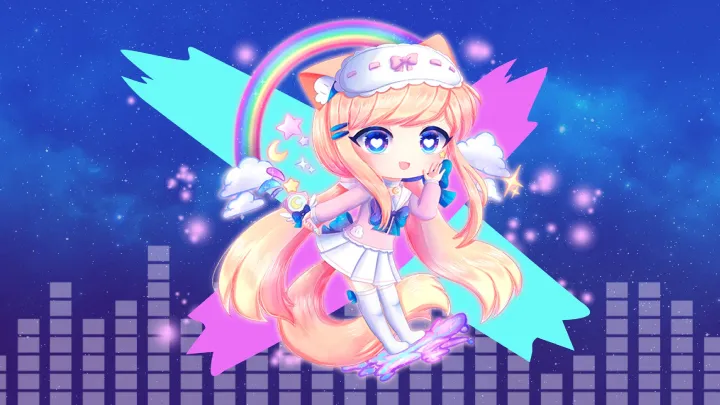
This kept the game relevant beyond its mechanics. Even players who didn’t actively pull gacha rolls could still engage in community humor. It also helped OCs become more memorable as fans repeatedly saw them in different contexts.
6. Deepening Character Expression
Customization in Gacha Club goes far deeper than hair or clothes. Facial expressions, poses, and props allow players to fine-tune how their characters communicate emotion. In storytelling, this matters immensely because it transforms static avatars into dynamic performers.
Fans often say this level of detail makes their characters “feel alive.” That emotional connection keeps players returning, eager to refine their creations or showcase them in new ways.
Advanced Customization Tips
- Experiment with layering accessories for unique looks.
- Adjust eye color gradients for subtle expression shifts.
- Use props creatively to substitute for missing assets.
7. The Community as a Creative Hub
The Gacha Club community is its heartbeat. Platforms like Discord, Reddit, and Instagram became hubs where players shared OCs, story ideas, and collaborations. What’s striking is the level of generosity—many players provide free OC templates, tutorials, and resources to help others improve.
Collaboration also flourishes. Fans often combine OCs to create crossover stories or shared universes. In many ways, Gacha Club became less a game and more a participatory culture.
8. Criticism, Challenges, and Growth
No creative community is without challenges. Some critics dismiss Gacha Club as “just a kids’ game” or attack GachaTubers for low production values. Others raise concerns about repetitive trends or overused story tropes.
However, these criticisms also pushed creators to innovate. Many players strive to make more unique, polished, and original content to stand out. As a result, the community continues to evolve, becoming more sophisticated over time.
9. Educational and Personal Impact
What may surprise outsiders is how deeply Gacha Club impacts players’ personal development. Many have learned video editing, storytelling, and even art skills thanks to the game. For some, creating Gacha stories is their first step toward animation or writing careers.

On a personal level, OCs often serve as expressions of identity, allowing players to explore who they are or want to be. This is especially meaningful for young players navigating creativity, emotions, and self-expression.
10. The Future of Gacha Customization Culture
The popularity of Gacha Club’s customization ensures that its legacy will outlast the game itself. Fans eagerly anticipate Lunime’s future projects, hoping for even more tools for expression. But even if no sequel comes, the creative spirit fostered here will live on in other platforms and communities.
Gacha Club proved that a game doesn’t need AAA graphics or complex mechanics to build a lasting cultural footprint. It needs tools that empower creativity—and a community willing to use them.
Conclusion
Gacha Club is more than just a gacha game. It is a creative platform where customization and storytelling collide, giving rise to a vibrant, innovative community. From OCs to skits, from memes to mini-movies, it has allowed millions of players to become creators in their own right. Its lasting impact shows that games can succeed not just by being played but by being used as canvases for imagination








